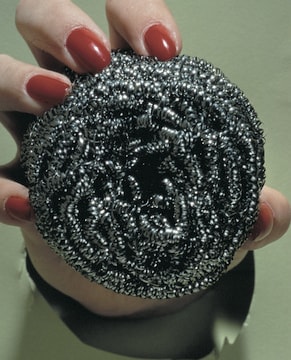Z188956
Kimwipes® disposable wipers
L × W 4 1/2 in. × 8 1/2 in.
Synonym(s):
cleaning wipes
About This Item
Recommended Products
packaging
pkg of 280 wipes
manufacturer/tradename
Kimberly Clark 34155
L × W
4 1/2 in. × 8 1/2 in.
Looking for similar products? Visit Product Comparison Guide
General description
Application
- to dab a tissue block dry for positioning it onto a vibratome platform
- to wipe and sterilize the glass bottom dish before using it for cell culture
- as a sterile platform to place RNase-free disposable forceps in the laminar flow cabinet
- to wipe off any residual HBSS present on the inner surface of the tube after decanting supernatant.
- as an absorbent material to remove excess phosphate-buffered saline (PBS) and facilitate the handling of larvae during the experiment.
- used during the sample preparation and extraction process of volatile oils in ground cumin by supercritical fluid extraction and gas chromatography to ensure a compact fill in the extraction thimble containing ground cumin, Celite 545, and the internal standard solution.
- in the modified EPA Method 1623 for cleaning equipment and surfaces during the staining and examination process to detect waterborne Cryptosporidium and Giardia sp.
Features and Benefits
- Delicate precision wiping for crucial tasks with minimized waste through one-at-a-time dispensing.
- Suitable for cleaning glassware and other instruments including other delicate surfaces.
- Equipped with an anti-static dispensing system that reduces lint and electrostatic discharge.
Legal Information
related product
Certificates of Analysis (COA)
Search for Certificates of Analysis (COA) by entering the products Lot/Batch Number. Lot and Batch Numbers can be found on a product’s label following the words ‘Lot’ or ‘Batch’.
Already Own This Product?
Find documentation for the products that you have recently purchased in the Document Library.
Customers Also Viewed
Articles
A complete workflow for estimating the total polyphenol content of apple and banana samples, with gallic acid standard addition curve protocol.
A complete workflow for estimating the total polyphenol content of apple and banana samples, with gallic acid standard addition curve protocol.
A complete workflow for estimating the total polyphenol content of apple and banana samples, with gallic acid standard addition curve protocol.
A complete workflow for estimating the total polyphenol content of apple and banana samples, with gallic acid standard addition curve protocol.
Our team of scientists has experience in all areas of research including Life Science, Material Science, Chemical Synthesis, Chromatography, Analytical and many others.
Contact Technical Service








